
Xin Man, Ha Giang: What Makes This Region Special?
Xin Man district has a complex terrain, located in the upper Chay River mountain range, so it is mainly hills with steep slopes and divided by many streams.
Nestled in the northeastern region of Vietnam, Ha Giang City serves as the capital of Ha Giang Province and stands out as a remarkable destination for adventurers and cultural enthusiasts alike. With a history spanning just over 120 years, this city has witnessed a phenomenal transformation from an economically underdeveloped area into a vibrant locality, known for its stunning natural beauty and cultural diversity. Perched along the banks of the Lô River, Ha Giang boasts a unique landscape filled with steep limestone valleys and terraced rice fields, creating picturesque backdrops for social media aficionados and nature lovers.
As the entry point to the famed Ha Giang Loop, this city has emerged as a must-visit destination for those seeking both adventure and a deeper connection to Vietnam’s rich cultural tapestry. This article will delve into the various facets that make Ha Giang City a compelling place to visit, while also providing practical travel information and cultural insights that can enhance your journey.
Spanning an area of 135.33 square kilometers, Ha Giang City is home to a population of approximately 55,559 residents, as per the 2019 census. This population is characterized by a remarkable ethnic composition, featuring over 20 different ethnic groups, with the Kinh and Tày people being the most prominent. This cultural richness not only contributes to the city’s vibrant atmosphere but also reflects the history and traditions of various communities, making Ha Giang a fascinating place to explore for those interested in cultural diversity.
The city is situated about 300 kilometers from Hanoi and is remarkably accessible through various transportation modes, including sleeper buses and private cars. The journey typically takes around six hours, offering travelers a chance to witness the changing landscapes from urban to rural as they approach the city. However, upon arrival, tourists may find that public transport options within Ha Giang Province are quite limited, which is why many choose to rent motorbikes for more freedom in exploring the scenic routes and hidden gems that the region has to offer.
Ha Giang City enjoys a humid subtropical climate, characterized by distinct wet and dry seasons that significantly influence the local lifestyle and agricultural practices. The best times to visit are during autumn (September to November) and spring (March to May). During these seasons, the weather is generally agreeable, and the scenery is exceptionally picturesque, showcasing thriving rice terraces and blossoming flowers.
A unique aspect of Ha Giang is the annual buckwheat flower festival, which occurs in November. This event attracts numerous tourists, who come to experience the vibrant landscapes painted with delicate pink and white flowers that blanket the hillsides. The festival not only provides stunning photographs but also an opportunity to engage with local customs and witness traditional dances and cultural performances.
One of the most compelling reasons to visit Ha Giang City is its proximity to the Ha Giang Loop, an iconic route renowned for its natural beauty and thrilling motorcycle rides. The loop is a favorite among adventure enthusiasts, offering a unique experience of winding mountain passes that provide breathtaking views of the surrounding landscapes. Among the notable attractions along the loop is the Ma Pi Leng Pass, often hailed as one of Vietnam’s most beautiful mountain passes, where one can marvel at the dramatic cliffs and the winding Nho Que River below.
The loop is more than just a ride; it’s an immersive journey that allows travelers to connect with local communities, encouraging interactions that enrich the travel experience. Many riders stop at small villages along the way to enjoy home-cooked meals, witness traditional textile production, and even partake in local craft-making workshops, offering a glimpse into the lives of the diverse ethnic groups that inhabit this region.
Ha Giang City is replete with attractions that cater to the interests of various travelers. Here’s a list of some of the top sites to explore:
These attractions not only demonstrate the region’s rich cultural heritage but also provide numerous opportunities for exploration and learning, making Ha Giang a versatile destination for all types of travelers.
One of the standout features of traveling in Ha Giang is the opportunity to engage with its local communities. Visitors often partake in homestays, which provide a unique glimpse into the daily lives, culinary traditions, and craftsmanship of the local people. Particularly noteworthy are the skills in embroidery and textile production, where guests can witness the meticulous craftsmanship that goes into creating beautiful traditional clothing.
Participating in local festivities can also enhance the travel experience. Whether it’s joining in on traditional dances during festivals or learning to cook regional dishes, these interactions help bridge cultural gaps and foster mutual respect and understanding. Such experiences are invaluable for anyone looking to travel deeply and meaningfully.
Travelers planning a trip to Ha Giang City should keep a few practical considerations in mind:
In summary, Ha Giang City stands as a captivating gateway to some of Vietnam’s most stunning landscapes and rich cultural experiences. With its diverse ethnic communities, breathtaking geographical features, and vibrant traditions, this city is a treasure trove for those willing to venture off the beaten path. Whether you’re an adventure seeker looking to traverse the legendary Ha Giang Loop or a traveler eager to immerse yourself in the local way of life, Ha Giang City offers an unparalleled experience that is both enriching and unforgettable. Don’t miss the chance to discover this hidden gem in Northern Vietnam it might just leave you with memories that last a lifetime.

Xin Man district has a complex terrain, located in the upper Chay River mountain range, so it is mainly hills with steep slopes and divided by many streams.
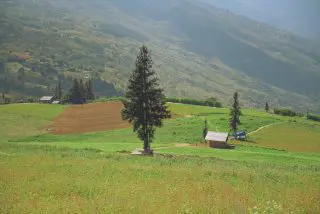
Venture into the untamed beauty of northern Vietnam with Vietnam Treasure and discover the magic of Suoi Thau Steppe. This captivating landscape offers a unique blend of cultural immersion and breathtaking natural scenery far from the bustling tourist trails.
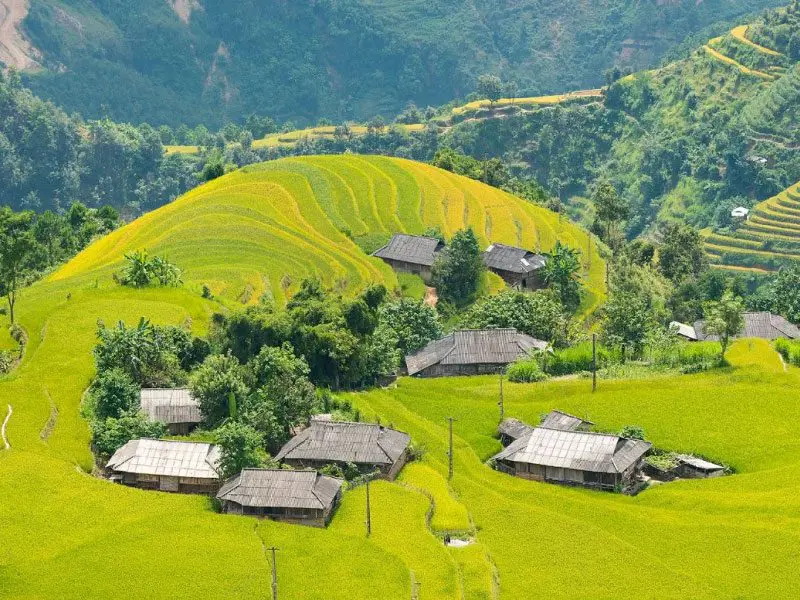
Nestled high in the mountainous region of Ha Giang, Phung Village (Ban Phung) is a hidden gem offering a glimpse into the authentic beauty and culture of Northern Vietnam.
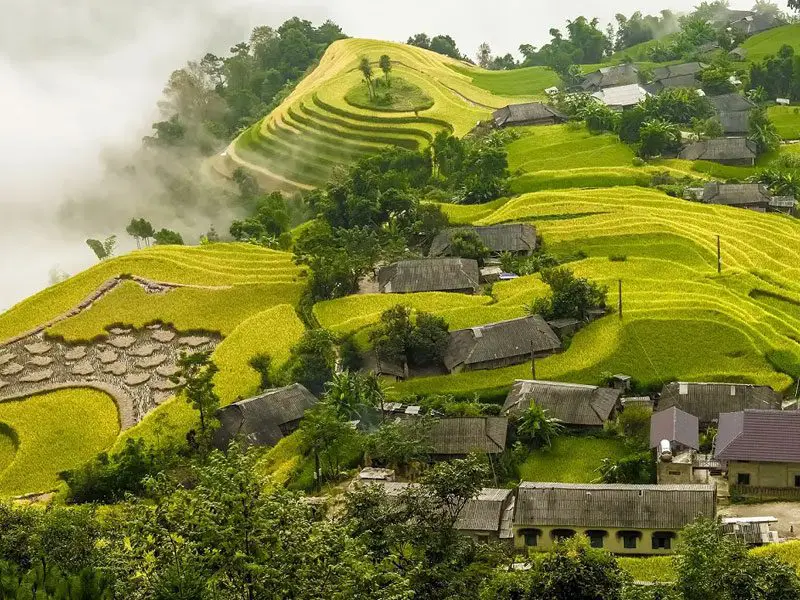
Stop at Thong Nguyen Village, and you will discover amazing beauty. This is a rugged and difficult mountainous area. Many people may think that nothing is interesting here. Join Vietnam Treasure to discover the beauty of Thong Nguyen Village.
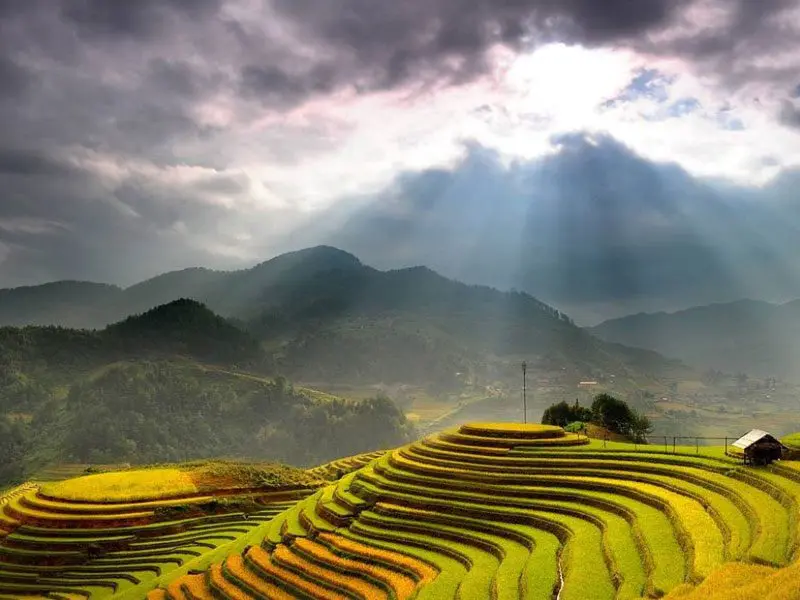
Its name, Hoàng Su Phì or Hoàng Thụ Bì, means “the yellow bark” in the Hmong language. It indicates the woods of weeping cypress, which is a local specialty.
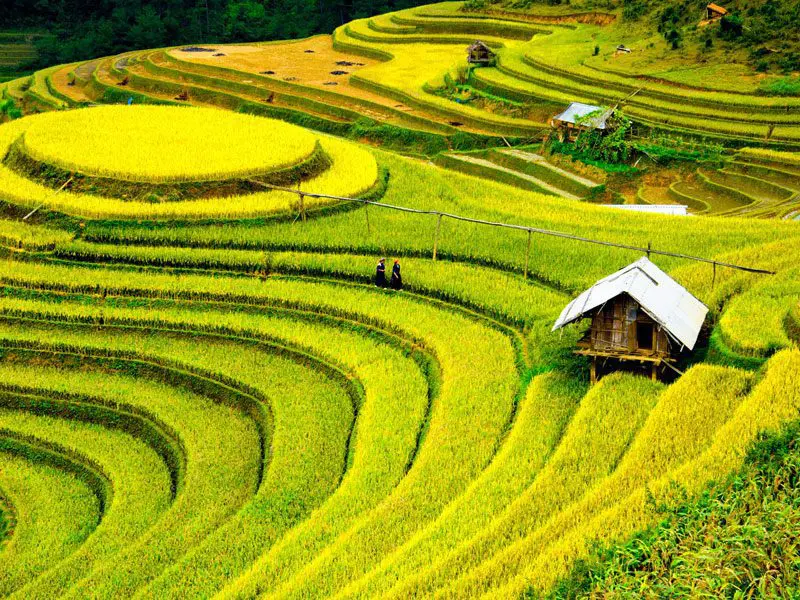
Hoang Su Phi terraced fields possess an undeniable charm, creating a mesmerizing scene—journey to Ha Giang with Vietnam Treasure to witness the brilliant golden rice harvest season. Although present in many countries, especially in Southeast Asia, terraced fields in Vietnam are deeply associated with the traditional agricultural activities of many ethnic groups in the northern mountainous region, such as the H’Mong, Dao, Nung, La Chi and Ha Nhi.
Tu San Canyon (Mèo Vạc district), the deepest canyon in Vietnam. It has a depth of about 800 m, a length of 1.7 km, and cliffs that slope 70° to 90°.

Discover the charm of Pao’s House, Ha Giang. Dive into local culture and scenic beauty. Plan your adventure now!
Copyrights @2025 Vietgo Travels. Terms and Conditions Privacy Policy
Hotline
+84 855 452 888 (Viet Nam) / +1 (206) 665 3090 (US)
Email: [email protected]
Website: www.vietgotravels.com
Head Office:
No. 23 Lo Su Street, Hoan Kiem District, Ha Noi, Viet Nam.
Viet Nam’s branch:
No. 35 Hang Quat Street, Hoan Kiem District,
Ha Noi, Viet Nam.
US:
831 41st Pl, Everett, WA 98201, USA